Description
Advantages: Thin or thick embedment free sections can be obtained. Sections are easy to cut and ribbons are easily obtainable. Enhances the integrity of the specimen as it floats on the water. Sections produce interference colors according to its thickness. Ethanol and n-butyl alcohol are used as dehydrating agents. 1. Capco, Krockmalnic, & Penman (1984).
| Kit consists of: | |
| 450 ml DGD | MSDS_13255 |
| 450 ml Ethanol | MSDS_15055 |
| 450 ml n-Butyl alcohol | MSDS_11920 |
A New Method of Preparing Embedment Free Sections For TEM: Applications to the Cytoskeletal Framework and Other 3D Networks. JCB Vol. 98, pp. 1878. 2. Valdimarsson & Huebner (1989). DEGDS as an Embedding Medium for Immunofluorescence Microscopy. Biochem. Cell Biol. 67:242. 3. Nickerson, Krockmalnic, He, & Penman (1990). Immunolocalization in Three Dimensions: Immunogold Staining of Cytoskeletal and Nuclear Matrix Proteins in Resinless Electron Microscopy Sections. PNAS Vol. 87, pp. 2259.
Technical Data Sheet : Diethylene Glycol Distearate (DEGDS_DGD)
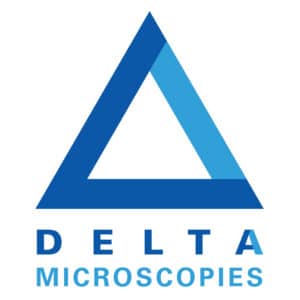
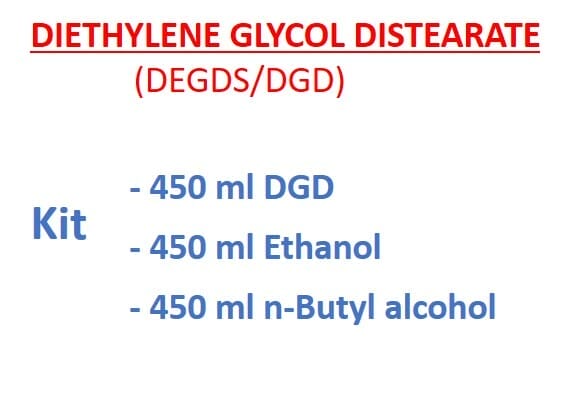
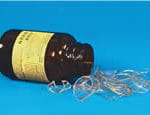
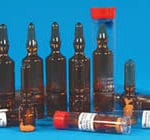
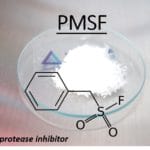
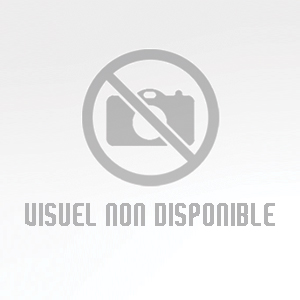


Avis
Il n’y a pas encore d’avis.